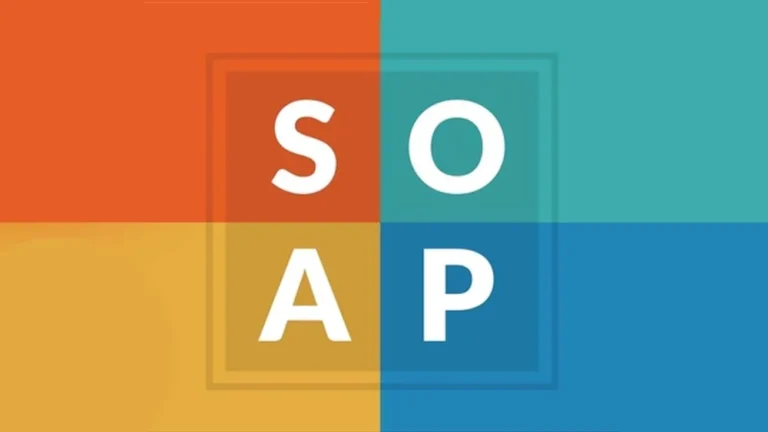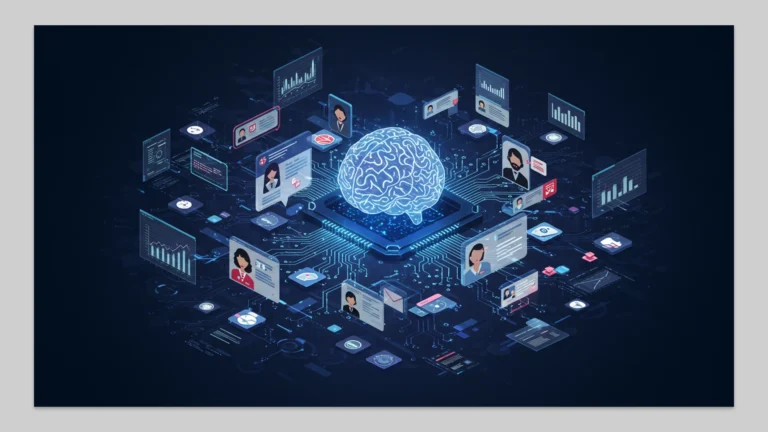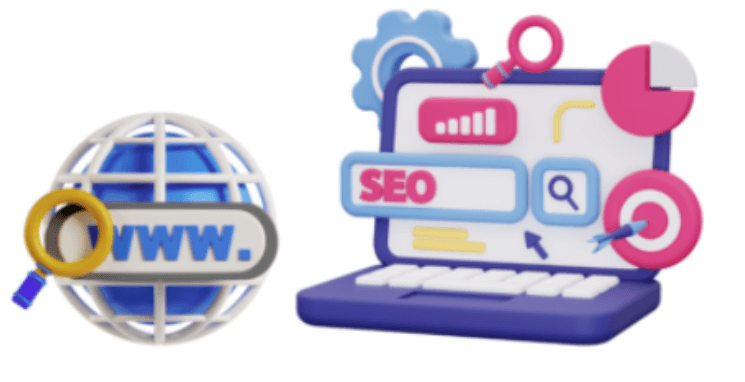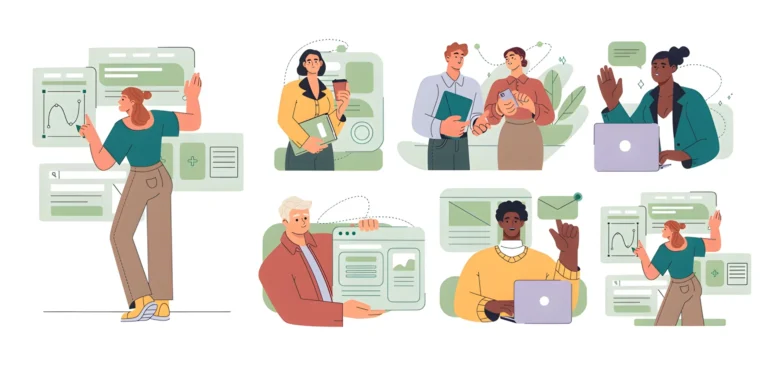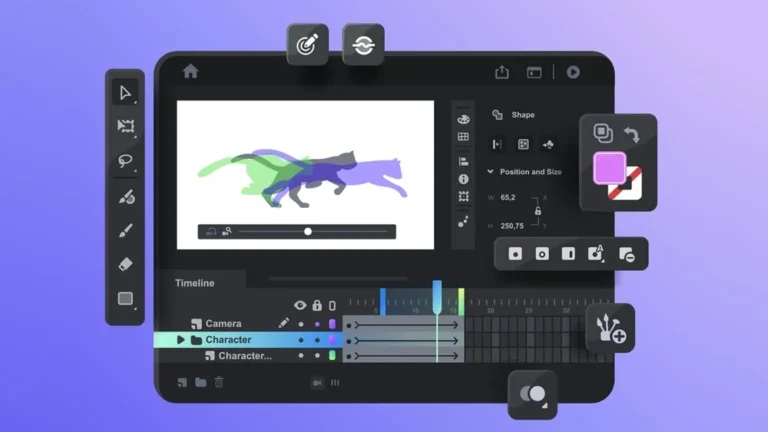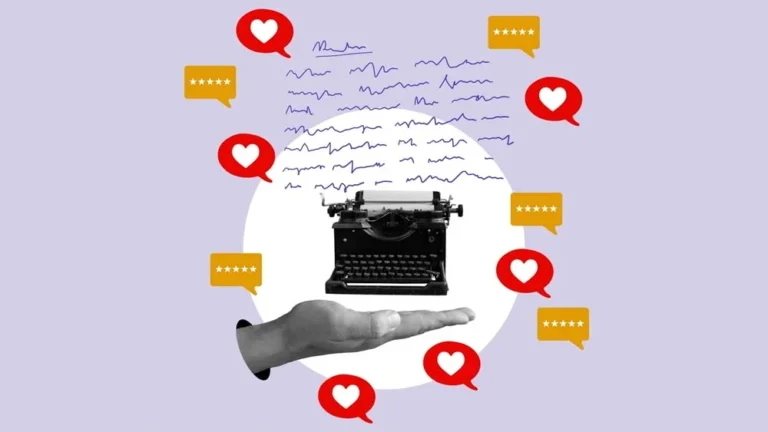Artificial intelligence now creates hyper-realistic images that often look identical to real photographs. Content creators already use AI-generated deepfake images in entertainment, advertising, and social media. However, these images also pose serious threats, including misinformation, identity theft, and cyber manipulation. As the realism improves, spotting deepfakes becomes increasingly difficult. Learning how developers produce deepfake technology and recognizing subtle clues can help people avoid being misled.
This article talks about the impact of AI-generated images and provides real-life techniques for spotting them on the web.
What Are AI-Generated Images?
Contents
AI generates images without the need for photographers or designers by using advanced algorithms like Generative Adversarial Networks (GANs) and diffusion models. Programs such as DALL·E, MidJourney, and Stable Diffusion create realistic faces, objects, and landscapes that often appear real.
While creators use these images in paintings and digital artwork, others misuse them for deepfake deception, disinformation, and identity theft. AI can produce everything from counterfeit human faces to entirely fake scenarios, making it crucial to understand how these images are created and where they are most commonly used.
The Growing Threat of Visual Deepfakes
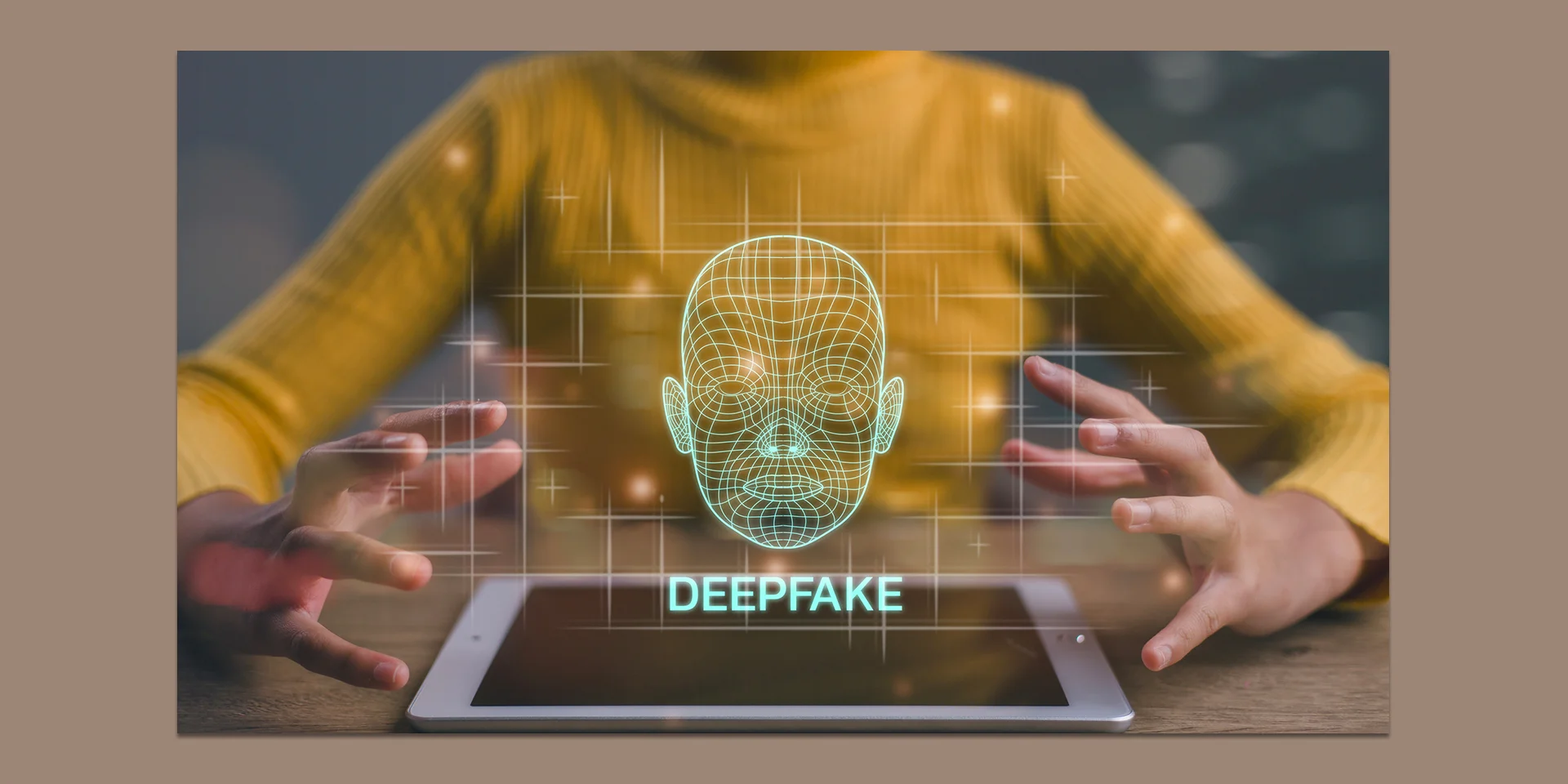
AI-generated images are images created by artificial intelligence with no human photographers or designers. Such images are produced using sophisticated algorithms such as Generative Adversarial Networks (GANs) and diffusion models. Programs such as DALL·E, MidJourney, and Stable Diffusion create realistic faces, objects, and landscapes that will most probably be impossible to distinguish from real life.
Though these images are used for digital paintings and artwork, they are also employed in deepfake scams, fake news, and identity theft. Ranging from artificial human faces to completely artificial scenes, anything can be created by AI, and therefore, it would be better to know how these images are made and where they are mostly employed.
How to Spot AI-Generated Images?
As AI-generated visuals become more sophisticated, spotting them requires a mix of observation and technology. Here are key methods to identify deepfake images.
1) Use AI-Detection Tools
One of the most effective ways to identify deepfake images is by using specialized detection tools. There are many platforms available that analyze image patterns to determine if they were created by AI.
If you suspect an image is fake, using an AI generated image checker can quickly confirm its authenticity. Another useful method is a reverse image search, which helps verify whether an image has appeared elsewhere online. These tools are constantly improving to keep up with evolving AI models.
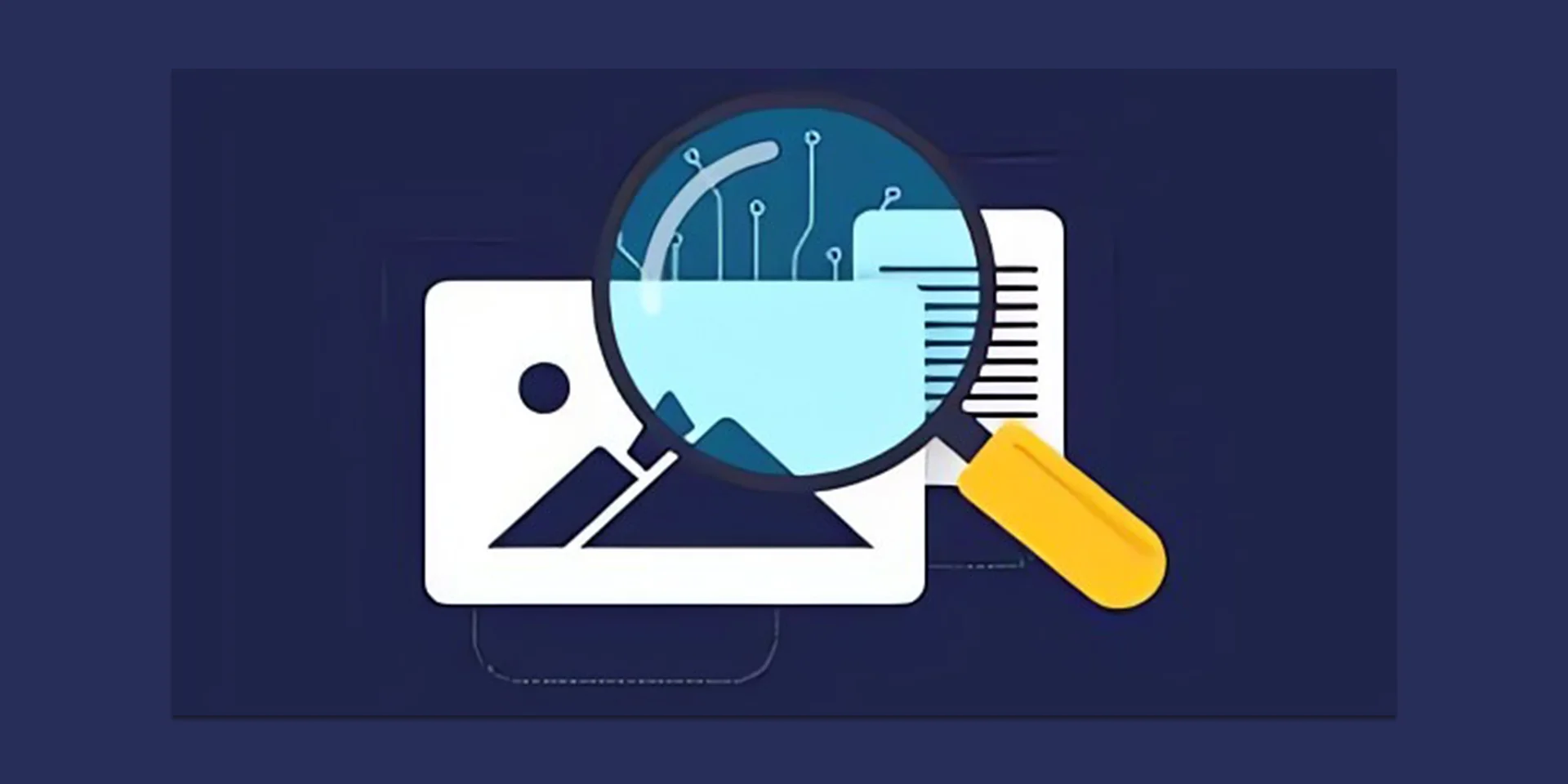
2) Look for Visual Anomalies
AI-generated images often contain subtle errors that reveal their artificial nature. Pay close attention to facial symmetry, as deepfake faces may have uneven features or distorted proportions. Lighting inconsistencies are another red flag—shadows and reflections might not match the light source. By closely analyzing these small details, you can identify flaws AI struggles to perfect, helping you spot deepfake images more efficiently.
3) Pay Attention to Hands and Eyes
AI still struggles to generate realistic hands and eyes. In deepfake images, you may notice extra fingers, unnatural finger spacing, or oddly shaped hands. Eyes can also appear overly glossy, misaligned, or have inconsistent reflections. This makes them key areas to inspect when verifying authenticity.
4) Examine Background Details
AI-generated images often have distorted or nonsensical backgrounds. Objects may appear stretched, blurry, or randomly placed without logical alignment. Text within these images is another giveaway. AI struggles to generate readable words, often producing gibberish or misshaped letters. The image likely shows AI generation if the background appears unnatural or includes illogical elements.
The Future of Deepfake Detection
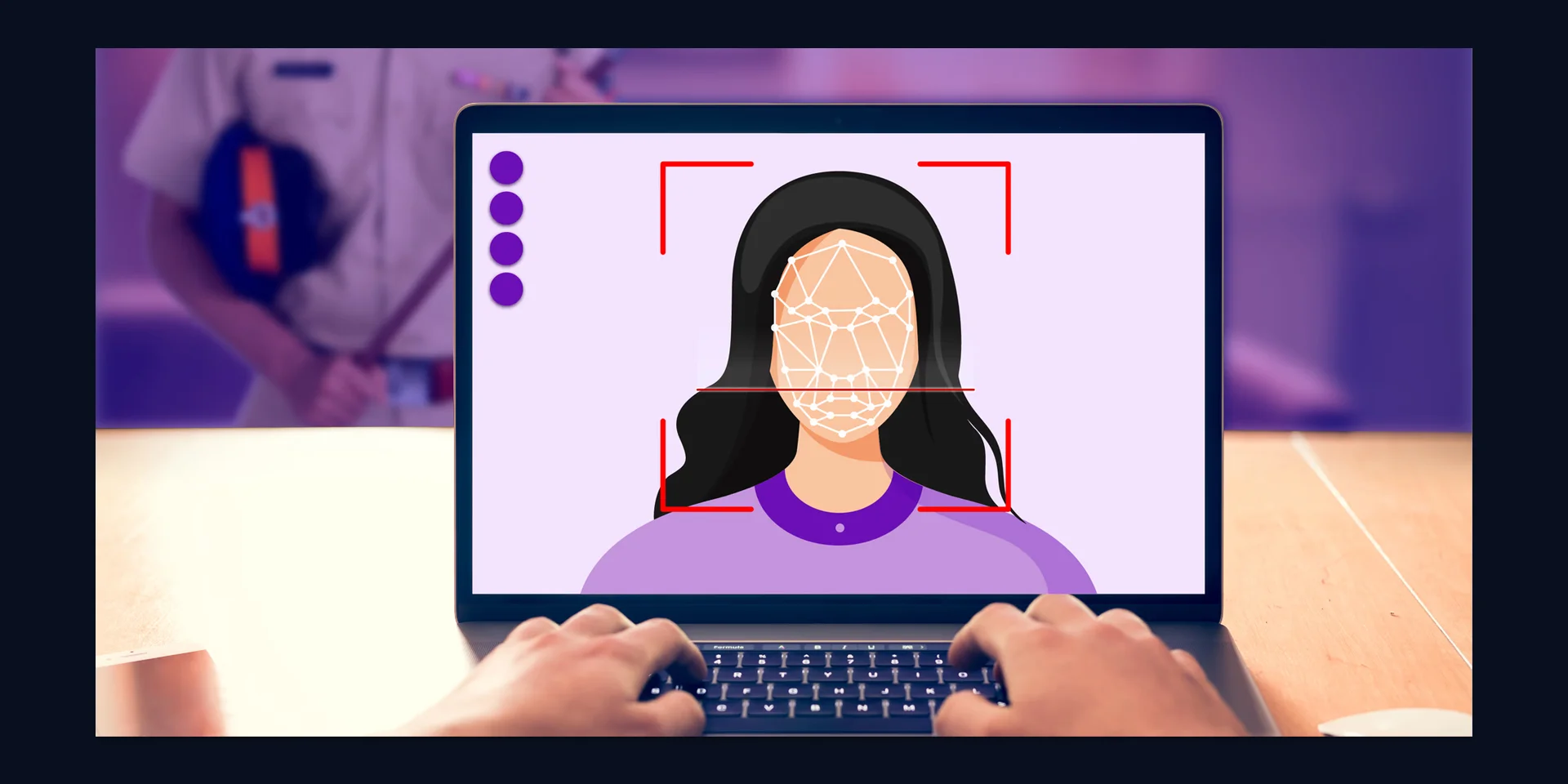
As AI-generated images become more advanced, detection methods must evolve to keep up. Researchers and tech companies are developing new strategies to identify deepfakes more accurately and prevent their misuse.
- Advancements in AI Detection Tools – Developers are constantly improving deepfake detection software, making it easier to analyze inconsistencies in images. AI-based detection models are becoming more accurate in spotting fakes.
- Digital Watermarking – Companies are working on embedding invisible markers in AI-generated content to differentiate it from real images. This can help prevent misinformation.
- Blockchain-Based Verification – Some platforms are exploring blockchain technology to verify the authenticity of digital images, ensuring they have not been tampered with.
- Stronger Regulations – Governments and tech companies are developing policies to control the misuse of AI-generated content and enhance online safety.
Concluding Thoughts
AI-generated images are becoming more realistic, making it harder to distinguish between real and fake visuals. While deepfake technology has creative uses, it also poses serious risks, from misinformation to identity fraud.
Using AI detection tools, checking for visual flaws, and analyzing backgrounds can help identify fake images. As detection methods improve, staying informed is key to preventing deception. Governments and tech companies must work together to regulate AI-generated content and ensure a safer digital space.
nandbox App Builder
By providing quick, high-quality photographs without the need for design knowledge, AI-generated pictures are changing the way companies produce visual material. nandbox App Builder makes adding AI-generated photos into your mobile app easy and code-free. Whether your app is a media platform, an e-commerce app, or a creative tool, you may enable users to create personalized visuals on demand, hence increasing involvement and personalisation. You can use these photos for dynamic content production, user avatars, banners, or product displays—all tailored to your app’s goal Using nandbox, companies can maximize the possibilities of artificial intelligence-powered pictures to improve user experience and simplify material production.
